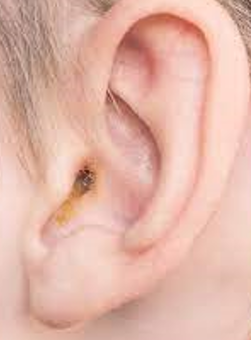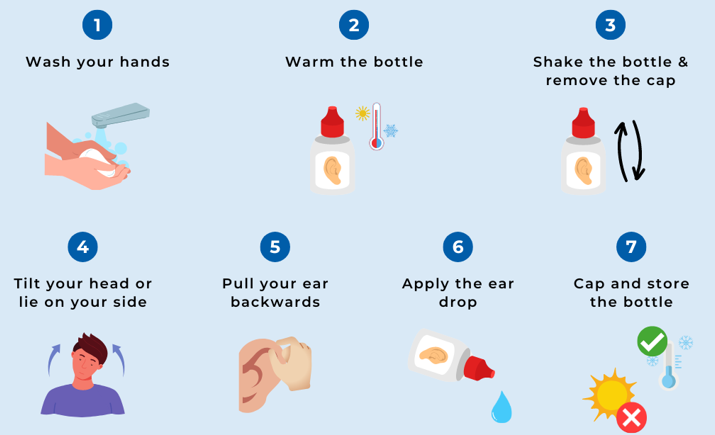Ear Wax
According to the NHS UK website NHS UK Ear Wax a build-up of earwax can happen if you have:
- Narrow or damaged ear canals
- Lots of hair in your ear canals
- A skin condition affecting your scalp or around your ear
- Inflammation of your ear canal (otitis externa or "swimmer’s ear")
Symptoms of earwax build-up include:
- Hearing loss
- Earache or a feeling that your ears are blocked
- Ringing or buzzing in your ears (tinnitus)
- Vertigo (feeling dizzy and sick)
Preventing earwax build-up
You cannot prevent earwax. It's there to protect your ears from dirt and germs but you can keep using eardrops for a few days to soften the wax. This will help it fall out on its own and should prevent blocked ears.
When it's blocking your ears, a pharmacist can help and they can give advice and suggest treatments or medicines to dissolve the earwax e.g. 2 to 3 drops of medical grade olive or almond oil in your ear 3 to 4 times a day, for 3 to 5 days.
When using ear drops patients are reminded that:
- Using a dropper while lying their head on one side for a few minutes to let the oil work its way through their ear canal(s).
- They may find it easier to do this first thing in the morning and then just before they go to sleep.
- Over about 2 weeks, lumps of earwax should fall out of their ear, especially at night.
- A good administration technique will help with a speedier recovery.
Counter staff should always refer to the pharmacist with anything they are not sure of and also if the customer / patients:
- Symptoms have not cleared after 5 days
- Ear is badly blocked and they cannot hear anything



